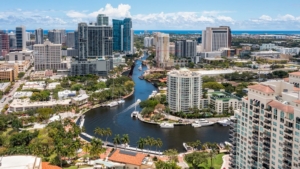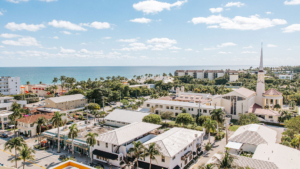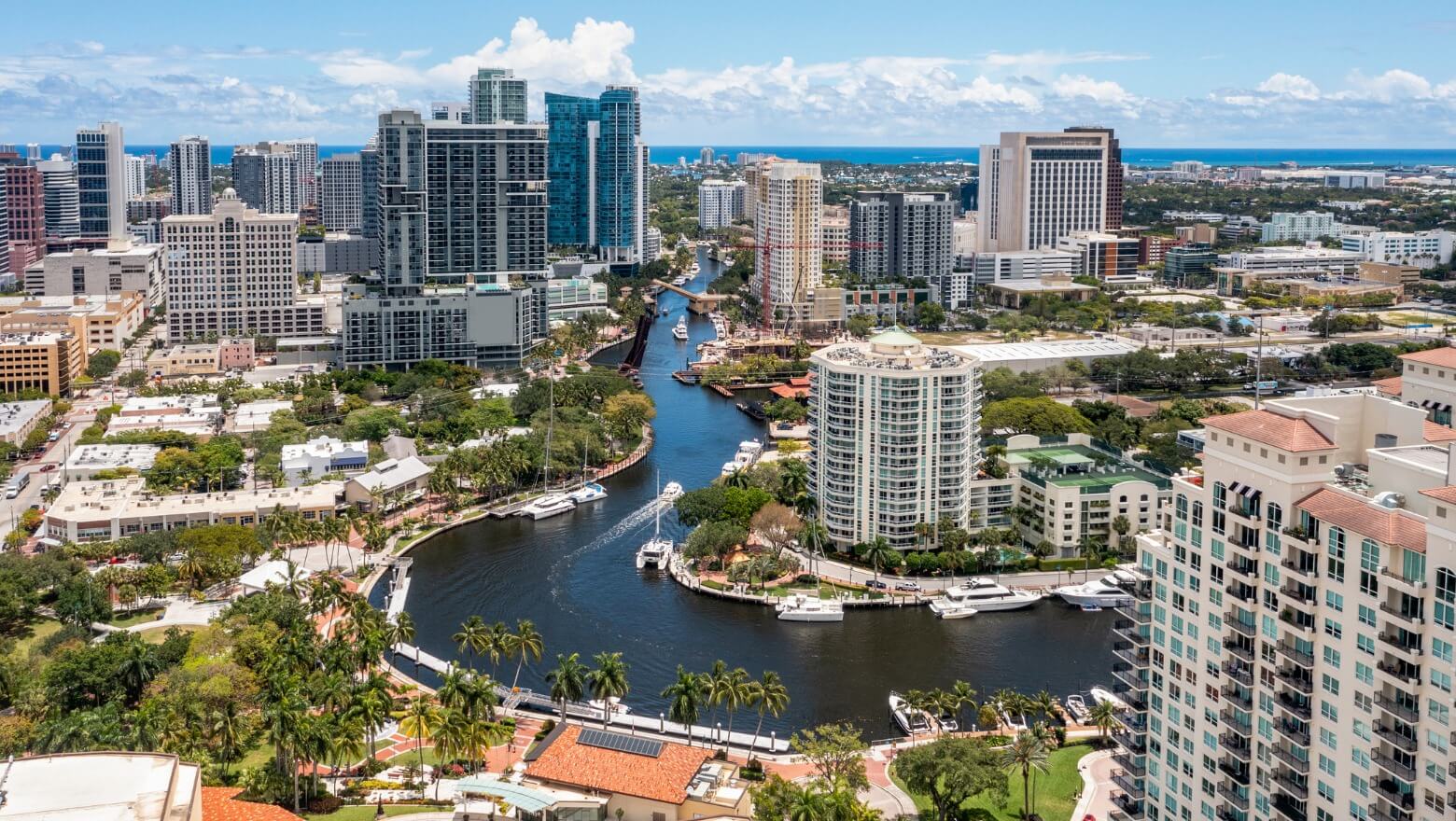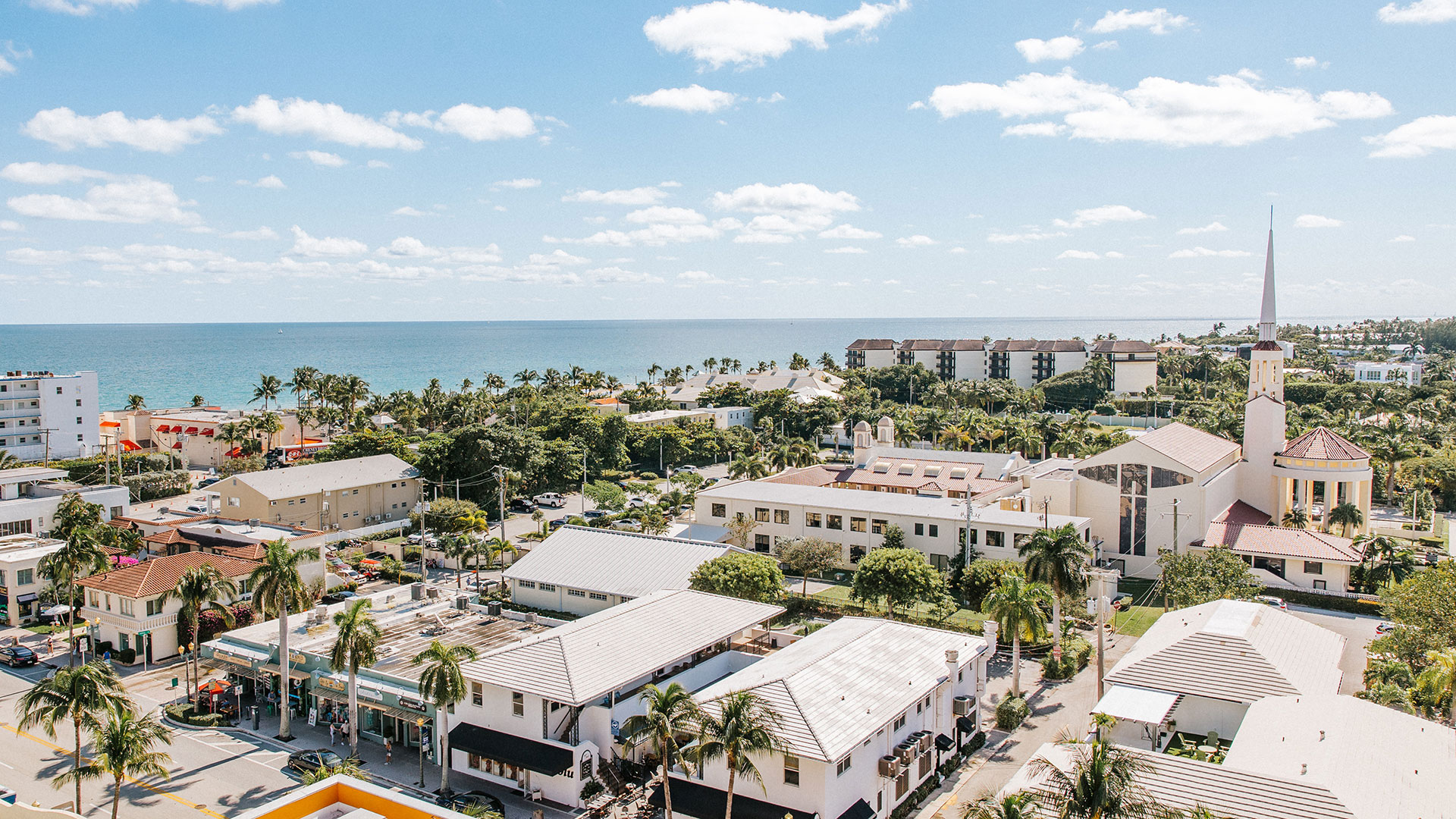Miami-Dade County Affordable Housing Initiative: Major Developments Set to Transform Urban Landscape
County Commission Greenlights Transformative Housing Developments
In a significant move to address South Florida's ongoing housing affordability crisis, the Miami-Dade County Commission has unanimously approved two major development agreements that will bring nearly 6,000 affordable and workforce housing units to the region. The commission voted without debate to grant 99-year ground leases to projects led by veteran developer Michael Swerdlow and Related Urban, the affordable housing division of the prominent Related Group.
These public-private partnerships represent a comprehensive approach to housing development, with projects strategically located in Miami's Little River and Spring Garden neighborhoods. The developments aim to provide quality housing options for residents across various income levels while revitalizing underutilized county-owned properties.
Little River District: A $3 Billion Urban Transformation
The more ambitious of the two projects, Little River District, is spearheaded by a joint venture between Michael Swerdlow, SJM Partners, and Alben Duffie. This estimated $3 billion mixed-use development will dramatically reshape 63 acres in Miami's emerging Little River neighborhood, creating a vibrant urban community centered around affordable housing.
The project's impressive scope includes:
- 5,730 apartment units dedicated to affordable and workforce housing
- 370,000 square feet of commercial space to provide essential services and job opportunities
- 250,000 square feet of open spaces and resident amenities
- A new Tri-Rail passenger station to enhance transportation connectivity
This development represents a critical innovation in Miami's approach to public housing. The Swerdlow-led team won the bid to redevelop five aging public housing projects containing 314 units originally built between the 1950s and 1970s. Current residents of these outdated facilities will be relocated to the new Little River District, ensuring they benefit from modern, high-quality accommodations.
Under the terms of the agreement, the development group will pay Miami-Dade County $5.3 million in annual lease payments and 30% of the estimated $37.6 million developer fee. Additionally, the county will receive 16% of proceeds from any future sale or refinancing. County officials project that over the 99-year lease term, this arrangement could generate an impressive $9.6 billion in revenue for Miami-Dade, creating a financially sustainable model for affordable housing development.
Gallery at Riverwalk: Spring Garden's Vertical Community
The second project, Gallery at Riverwalk, will be developed by Related Urban under the leadership of Albert Milo. This 19-story residential tower will rise on a vacant 1-acre site at 1175 Northwest South River Drive in Miami's Spring Garden neighborhood.
The development will feature:
- 236 total apartment units
- 216 units designated as affordable and workforce housing
- 1,550 square feet of ground-floor retail space
- Modern amenities and community spaces
To qualify for the affordable housing component, prospective tenants must earn no more than 80% of Miami-Dade County's average median income, which currently stands at $79,400. This income restriction ensures that housing opportunities reach those most affected by the region's affordability challenges.
Related Urban, which secured the development rights through a competitive bidding process last year, will pay the county an annual rent of $1.2 million plus 16.5% of the project's annual net operating income. Miami-Dade will also receive an estimated $4.5 million developer's fee. Over the full 99-year lease term, county officials project total revenue of approximately $280.2 million from this development.
The Economic Impact of Public-Private Housing Partnerships
These development agreements represent a strategic approach to addressing Miami-Dade's housing challenges through innovative public-private partnerships. By leveraging county-owned land and private developer expertise, these projects aim to create sustainable communities while generating significant long-term revenue for the county.
The financial structures of both agreements highlight how carefully crafted public-private partnerships can serve multiple objectives simultaneously. Beyond providing much-needed affordable housing units, these developments will create construction jobs, stimulate economic activity in their respective neighborhoods, and generate ongoing tax revenue.
Moreover, the inclusion of commercial spaces, transportation infrastructure, and community amenities demonstrates a holistic approach to neighborhood development that goes beyond simply building housing units. These comprehensive communities are designed to enhance quality of life while increasing housing access across income levels.
Insights: Understanding Miami's Affordable Housing Initiatives
How significant is the housing affordability problem in Miami-Dade County?
Miami-Dade faces one of the nation's most severe housing affordability crises, with residents spending an average of 60% of their income on housing – well above the recommended 30% threshold. These developments represent critical steps toward addressing this pressing issue.
What makes these public-private partnerships different from traditional affordable housing approaches?
Unlike conventional public housing projects, these developments blend affordable units with workforce housing and market-rate components within mixed-use communities. This approach helps create economically diverse neighborhoods while generating revenue streams that make the projects financially sustainable long-term.
How will current public housing residents benefit from these developments?
Residents of the five aging public housing projects being replaced by the Little River District will be relocated to new, modern units within the development. This ensures they benefit from improved living conditions while maintaining community connections.
What impact will these developments have on Miami's transportation infrastructure?
The Little River District notably includes a new Tri-Rail passenger station, enhancing public transportation connectivity and reducing car dependency. This transit-oriented approach aligns with sustainable urban development principles while improving resident mobility.
How do these projects compare to affordable housing initiatives in other major U.S. cities?
Miami-Dade's approach represents an emerging trend of leveraging public land through long-term ground leases rather than direct sales. Similar strategies have proven successful in cities like New York and Seattle, allowing municipalities to maintain ownership of valuable land assets while enabling essential housing development.












